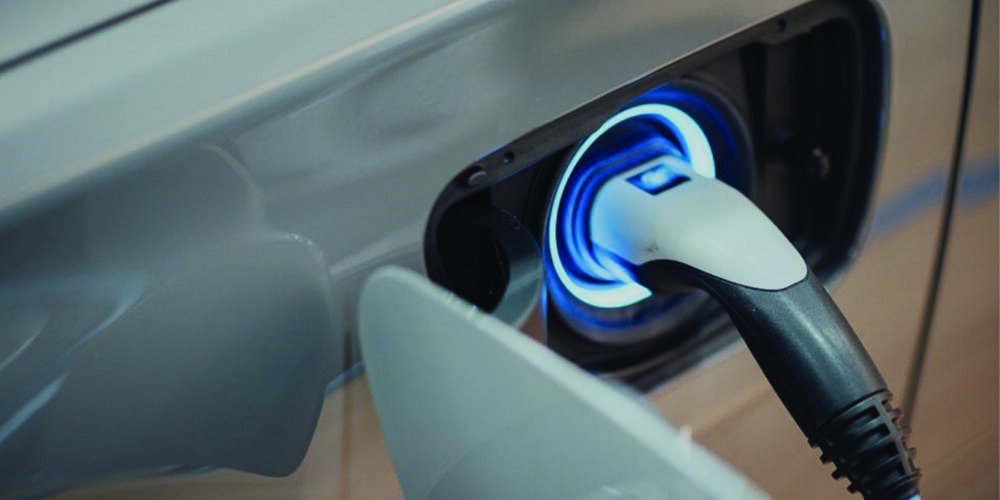Information courtesy of Toyota Motor Sales U.S.A., 50th Anniversary website
From the Toyopet Crown to the Prius hybrid, Toyota has come a long way in its 50 years of selling vehicles in the U.S.
 Toyota Motor Sales, U.S.A., Inc. was formed on Oct. 31, 1957, establishing its headquarters in a former Rambler dealership in Hollywood, CA. Sales began in 1958 and totaled a modest 288 vehicles — 287 Toyopet Crown sedans and one Land Cruiser.
Toyota Motor Sales, U.S.A., Inc. was formed on Oct. 31, 1957, establishing its headquarters in a former Rambler dealership in Hollywood, CA. Sales began in 1958 and totaled a modest 288 vehicles — 287 Toyopet Crown sedans and one Land Cruiser.
While hugely popular in Japan, where it was the mainstay vehicle in taxi fleets, the Toyopet was underpowered and overpriced for the American market. Toyopet sales were discontinued in 1961. The Land Cruiser, which quickly gained a reputation as a durable, all-terrain vehicle, carried the Toyota flag in the U.S. until 1965.
 The introduction of the Corona in 1965 helped jumpstart Toyota sales in the U.S., with features such as factory-installed air conditioning and an automatic transmission appealing to American buyers. Corona helped increase U.S. sales of Toyota vehicles in 1966 to more than 20,000 units.
The introduction of the Corona in 1965 helped jumpstart Toyota sales in the U.S., with features such as factory-installed air conditioning and an automatic transmission appealing to American buyers. Corona helped increase U.S. sales of Toyota vehicles in 1966 to more than 20,000 units.
Toyota had another success with the introduction of the Corolla in 1968. The model has since gone on to become the world’s all-time best-selling passenger car, with 27 million sold in more than 140 countries.
 By July 1967, Toyota had become the third-best-selling import brand in the U.S., and in 1972, Toyota sold its one-millionth vehicle. During the 1970s, Toyota launched some of its most memorable marketing campaigns, including the “Oh What A Feeling!” campaign that included the popular “Toyota Jump.”
By July 1967, Toyota had become the third-best-selling import brand in the U.S., and in 1972, Toyota sold its one-millionth vehicle. During the 1970s, Toyota launched some of its most memorable marketing campaigns, including the “Oh What A Feeling!” campaign that included the popular “Toyota Jump.”
As the company marked its 25th anniversary in the U.S. in 1982, it opened the national headquarters  complex that it occupies today in Torrance, CA. Four years later, Toyota became a U.S. manufacturer when it produced a white Corolla FX16 on Oct. 7, 1986, at the New United Motor Manufacturing, Inc. plant, a joint venture with General Motors. Since then, Toyota has added 12 vehicle and parts plants in North America. By the end of 2004, Toyota’s annual North American production had grown to more than 1.4 million vehicles, from plants in Kentucky, Indiana, West Virginia, Alabama and Ontario, Canada.
complex that it occupies today in Torrance, CA. Four years later, Toyota became a U.S. manufacturer when it produced a white Corolla FX16 on Oct. 7, 1986, at the New United Motor Manufacturing, Inc. plant, a joint venture with General Motors. Since then, Toyota has added 12 vehicle and parts plants in North America. By the end of 2004, Toyota’s annual North American production had grown to more than 1.4 million vehicles, from plants in Kentucky, Indiana, West Virginia, Alabama and Ontario, Canada. 
In December 1997, the Toyota Camry first earned the title of Number One-selling passenger car in America. Toyota’s first full-sized pickup, the Tundra, followed in 1998. Toyota marked the start of the new millennium with the launch of the Prius sedan, the world’s first mass-produced gas/electric hybrid car. The Prius hybrid was innovative: Its EPA-estimated miles per gallon was 45-city/51-highway and its tailpipe emissions were 90% less than those of conventional cars.
In an effort to commemorate the company’s 50th anniversary of selling vehicles in America, the company opened the Toyota USA Automobile Museum in May 2007 in Torrance. The museum, which showcases the carmaker’s most memorable vehicles, is a testament to humble beginnings and ever-increasing success.













